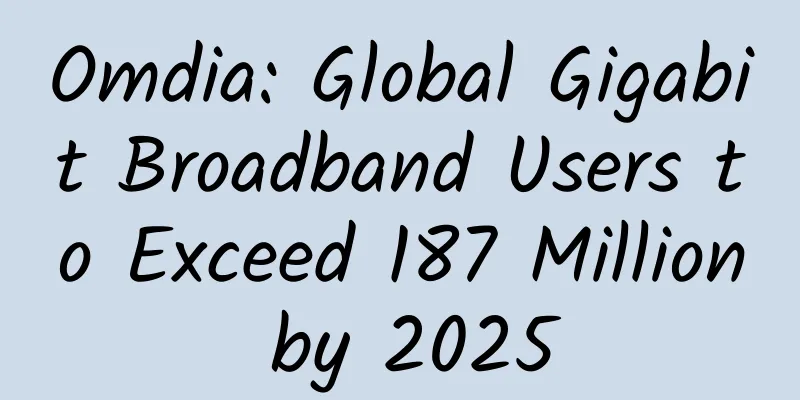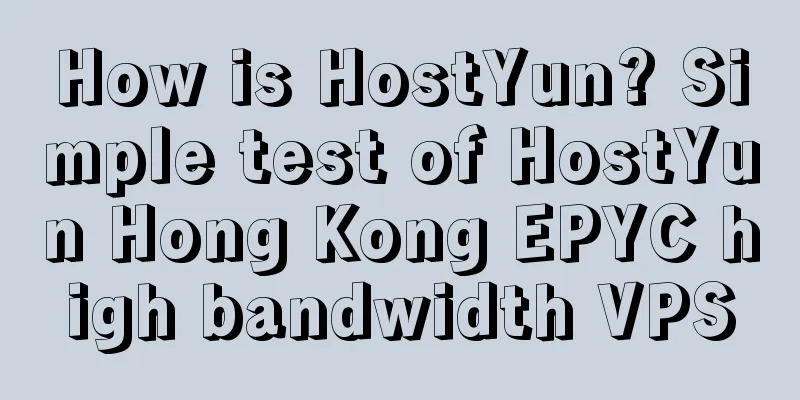How can operators gain a foothold in the 5G terminal market?

|
The release of mobile phones has always been very lively, and the audience is very interested in new models, especially at a time when 5G mobile phones are being widely promoted. Recently, we have seen that operators have begun to appear among the manufacturers that release 5G mobile phones. In November 2020, China Telecom announced the launch of Tianyi No. 1 cloud phone. On January 25, 2021, China Unicom released its own mobile phone brand U-MAGIC and two new 5G mobile phones. Just one day later, China Telecom released its own brand 5G all-network cloud phone-Tianyi No. 1 2021. Behind the rush of operators to enter the market, it is not difficult to see the great potential of the 5G terminal market. According to data from the Ministry of Industry and Information Technology, in 2020, my country has opened more than 718,000 5G base stations, and 5G networks have covered cities at the prefecture level and above and key counties and cities across the country. Domestic 5G terminal sales have also reached 160 million units, and are expected to grow to 280 million units in 2021. "In 2021, the market share of 5G mobile phones will steadily increase, and the penetration rate of 5G mobile phones will exceed 90%." Chen Fengwei, deputy general manager of China Unicom's Terminal and Channel Support Center, predicted. Not only that, according to market reports, the market share of 5G mobile phones will gradually increase in the future and become the mainstream of the industry. Of course, in addition to the market size factor, the positioning of operators' own-brand mobile phones in the mid-to-low end is very helpful for the rapid popularization and sinking of 5G mobile phones. After all, with the large-scale development of 5G, cost performance will become one of the important factors that consumers will consider when buying mobile phones. In addition, the launch of mobile phones by operators will have great value for their business ecosystem in the long run. Although various factors are favorable, it is not easy for operators to make their own-brand mobile phones well at a time when smart phones are homogenized.
Operators focus on 5G terminals On January 25, China Unicom's subsidiary China Unicom Huasheng Communications Co., Ltd. (hereinafter referred to as "China Unicom Huasheng") officially launched China Unicom's new 5G mobile phone brand - U-MAGIC, and simultaneously launched two 5G mobile phones under the brand, U-MAGIC 20 Plus and U-MAGIC 20. Among them, the price of U-MAGIC 20 starts at 1,699 yuan, and the price of U-MAGIC 20 Plus starts at 2,299 yuan. On January 26, China Telecom released its own-brand 5G all-network cloud phone, Tianyi No. 1 2021. It is reported that Tianyi No. 1 2021 supports SA and NSA, is universal across the entire network, has cloud twins, and has massive storage. The phone has two different configurations: 4G+64G and 6G+128G. The price of 4G+64G is 1,199 yuan; the price of 6G+128G is 1,499 yuan, and the promotional price during the first sale is 1,399 yuan. In fact, in November last year, China Telecom launched the Tianyi No. 1 cloud phone at the Tianyi Smart Ecosystem Expo. It was priced at 999 yuan. The biggest highlight of this model is that it has built-in cloud service function, which can be switched to "cloud phone" mode at any time without relying on mobile phone performance and storage space. Compared with China Telecom and China Unicom, China Mobile began to enter the mobile phone market as early as 2013, launching two smartphones, M701 and M601, and in June 2015, released the M811, a 1,000 yuan 4G mobile phone that supports five modes and ten frequencies; in 2015, China Mobile released three new products, A1, N1 and N1Max, all of which support five modes and 11 frequencies and dual SIM cards and dual standby; in 2019, China Mobile launched its first self-branded 5G mobile phone - the Pioneer X1. In fact, in the past few years, operators have never stopped their actions on mobile phones. In the 3G era and the transition from 3G to 4G, operators jointly launched a number of customized phones with mobile phone manufacturers, and a large number of users paid for them. However, after the full network function gradually became the mainstream of the market, consumers' purchasing habits gradually shifted. At this time, it was no longer profitable for operators to make customized phones. Today, the arrival of the 5G era seems to have given operators greater ambitions. They have begun to deeply penetrate the 5G mobile phone market by operating their own mobile phone brands. This is a way for operators to expand user base, deepen stickiness, and support mobile business. In this regard, some analysts also said that the main significance of operators developing their own brand 5G terminals is to set a benchmark or template for the industry and encourage manufacturers to develop benchmark products, especially to better control costs, accelerate the rapid popularization and penetration of 5G smartphones, and promote the commercialization of 5G. How to build your own brand? So, why are operators making a comeback in the 5G era and upgrading their strategies to launch their own brand of mobile phones? Many industry experts have also given their analysis. In Ma Jihua's view, the reason why operators have started to make mobile phones in addition to their own communication business is very simple. They all hope to use mobile phones to expand their boundaries so as to bind users into their own ecosystem. This is actually the same as many Internet manufacturers and some mobile phone manufacturers, which are all transforming and breaking through when pipelineization is irreversible. Operators do not want to be marginalized by the mobile phone industry, so they can only make their own mobile phones and other terminals to cope with it. This is one of the measures to complete their ecological closed loop. "Perhaps the operators' layout of mobile phones is just the first step. Faced with the large amount of smart home product space in the future, the operators' channel sales capabilities and network integration capabilities can play a huge cohesive role. In addition, if operators want to develop new businesses in the 5G era, they must have their own test fields and their own brands to better control the pace of development and guide industry partners to move forward in the direction they propose." Ma Jihua further expressed his views. Of course, behind the operators’ rush to launch their own-brand 5G mobile phones is the competitive pressure in the mobile phone industry and the huge opportunities for 5G commercial use. Chen Fengwei, deputy general manager of China Unicom's Terminal and Channel Support Center/China Unicom Huasheng Communications Co., Ltd., said that 2021 will be a period of large-scale switching between 4G and 5G mobile phones, the demand for 5G mobile phones will increase, the mobile phone market will steadily increase, and the share of 5G mobile phones will reach 90%. The huge market size is also an important factor for operators to exert their strength. However, the current smartphone market has an obvious problem of homogeneity. It is not difficult to launch a new brand and new products, but the difficulty lies in how to gain consumer recognition. "The concentration of the domestic mobile phone market is already very high, and it is not easy for new brands to survive. Operators have no advantage in marketing. If they want to gain a foothold in the 5G mobile phone market, they need to combine their own mobile phone products and their own services, unify them, and promote each other." said Fu Liang, an independent telecom analyst. In addition, Fu Liang also pointed out that if operators want to truly succeed in making 5G mobile phones, their own-brand mobile phones should not be targeted at those who pursue new things, nor at users who are sensitive to mobile phone performance (such as heavy game users). There are many mobile phone manufacturers participating in these two markets, and the competition is quite fierce. It is best to have a mobile phone that meets the basic configuration and is in the medium and low price range. From the price point of view, it is obvious that operators also know the importance of price, and they are basically positioned in the middle and low end, trying to highlight the cost-effectiveness. Of course, if operators can use their brains in terms of experience and user rights, such as bundling more affordable 5G packages, giving away mobile phones with packages, and other preferential policies, it will still be very attractive to users, and may help operators gain a foothold in the mobile phone market faster. |
Recommend
Dish signs 10-year AT&T network service deal worth $5 billion
US satellite TV operator Dish Network has signed ...
Zhao Huiling: Open innovation ecosystem promotes the development of network technology
At the theme forum "Future Network Technolog...
Huawei Cloud releases blockchain white paper to accelerate the implementation of blockchain technology in the industry
On April 17, during the 2018 Huawei Analyst Confe...
Four network capabilities that digital enterprises should focus on
We live in an increasingly digital world where ou...
A white-label vendor's perspective: The evolution of minimalist switch NOS
Traditional switch operating systems (NOS) are a ...
Discussion on the Internet of Things | Wireless Technology Classification and Application Scenarios
The key technologies of the Internet of Things in...
The three major players in the domestic CDN market are competing against each other, and differentiation may be the key to success
With the popularization and development of the In...
5G means data center platforms must evolve
The foundation for seamless 5G implementation 5G ...
A seminar on hypertension prevention and control was held, and Omron helped China to upgrade its hypertension management to a smart level
On December 5, 2019, the "To the Classic, Cr...
Analysis of Python's new string format vulnerability
Preface This article conducts an in-depth analysi...
RAKsmart September flash sale server from $30/month, Los Angeles/San Jose/Hong Kong/Japan cluster special price, all VPS 50% off
RAKsmart has launched a September promotion. From...
Let’s talk about protocols and hard drives in the Web3 world: IPFS
In the Web2.0 world, the protocol is usually HTTP...
The details of number portability have been announced, but these four types of numbers cannot be ported
Recently, the long-awaited number portability has...
Many countries around the world are competing to deploy 5G using the NSA method. How did it become "fake 5G"?
At 11:00 pm on April 3, 2019, South Korean operat...
5G infrastructure and the need for end-to-end programmability
By Alok Sanghavi, Senior Product Marketing Manage...









